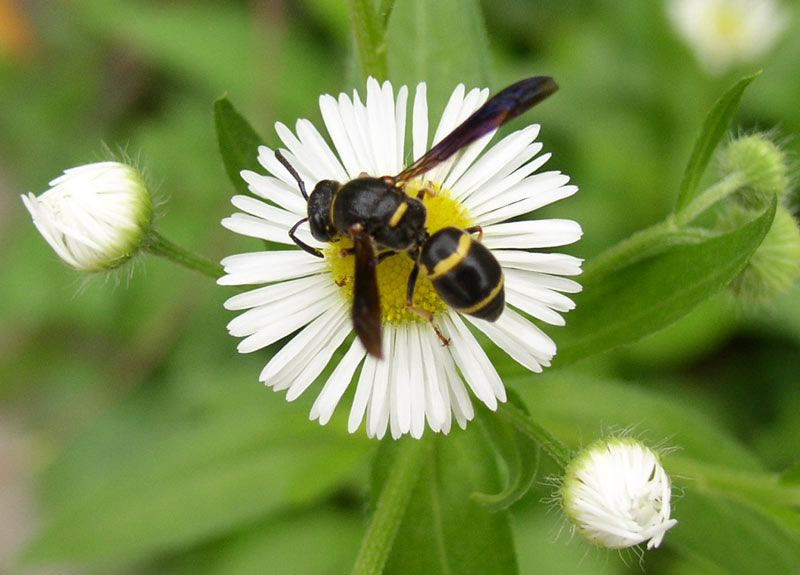In the Garden: Small wildlife, pollinators and people co-exist in a delicate balance

It was all over the internet. In early October, every major news organization reported it and one simple search yielded 8,000 results. The study, Decline of the North American Avifauna, reported that across the United States and Canada some “3 billion fewer birds have been counted than in 1970, a sustainable rate of decline over four decades.” One of the reviewers stated something gardeners can take to heart “One of the takeaways is that agriculture is a big driver of this, and so it’s important to think about how you choose to consume agricultural products.” The increased application of herbicides and insecticides gradually changed farm fields to vast agricultural deserts supporting little but corn and soybeans. To counteract this, we, as gardeners, grow organically, produce locally, and are keenly aware of the positive footprint left on our soil.
We get it. Birds play a critical role in nature – spreading seeds, pollinating plants, eating bugs, and providing food for other wildlife. As the population of birds decreases in nature, we’re going to feel the impact sooner or later. Though there has been progress through ongoing conservation efforts like at Lake Calumet, an uneasy sensation remains — there aren’t as many birds as there used to be. CCGA found this disturbing statistic, “There are 29% fewer birds in North America than there were 50 years ago.” The decline, the researchers say, is not accounted for by the loss of endangered species, but rather in the numbers of the birds we see every day: sparrows, for instance, or the Prairie State’s seemingly ubiquitous redwing blackbird. Cornell University, a partner in study, shows a 53% reduction in population for grassland birds, the most threatened group, which includes the inhabitants of Illinois’ native prairies.* Can you imagine walking outside and not seeing birds in the yard, on the sidewalk, in the park?
We know how important pollination in our ecosystem is, and birds and insects are critical to this. One hundred and thirty million years ago our own ancestors were rather unimpressively small, until evolution presented a solution for pollination; insects. Our most ancient connection to food originated from pollination, and the proliferation of the plant world benefitted everyone and everything, everywhere. Insects are vital to the survival of many a clutch of hatchlings in nests, yet both are disappearing.
Audubon has published an interactive website exploring the effects of our changing climate and environment on birds. Search by zip code and then learn all about birds in your region and whether their populations are stable or vulnerable.
- Plant a variety of flower types in an insecticide-free area and create dedicated insectaries (nurseries for insects.)
- Choose flowers that bloom at different times of the season to provide a continual source of nectar for butterflies and insects, food for birds, seeds that feed birds, and especially nectar for native bees.
- Turn lights down at night in rooms with large windows and doors.
- Keep household cats indoors.
*Published in Science, the peer-reviewed academic journal of the American Association for the Advancement of Science. This large-scale study was released in early October by the Cornell Lab of Ornithology, American Bird Conservancy, Bird Conservancy of the Rockies, Smithsonian Migratory Bird Center, Environment and Climate Change Canada and Georgetown Environment Initiative.
